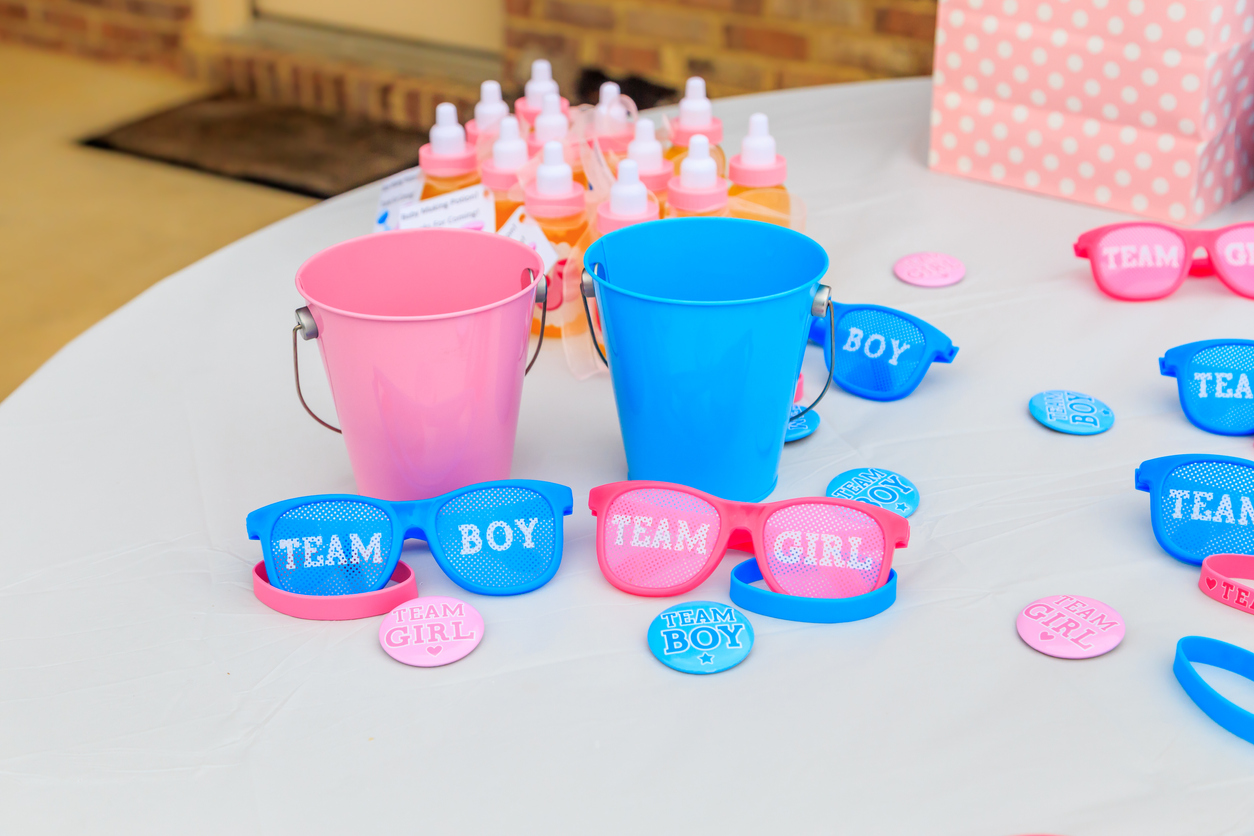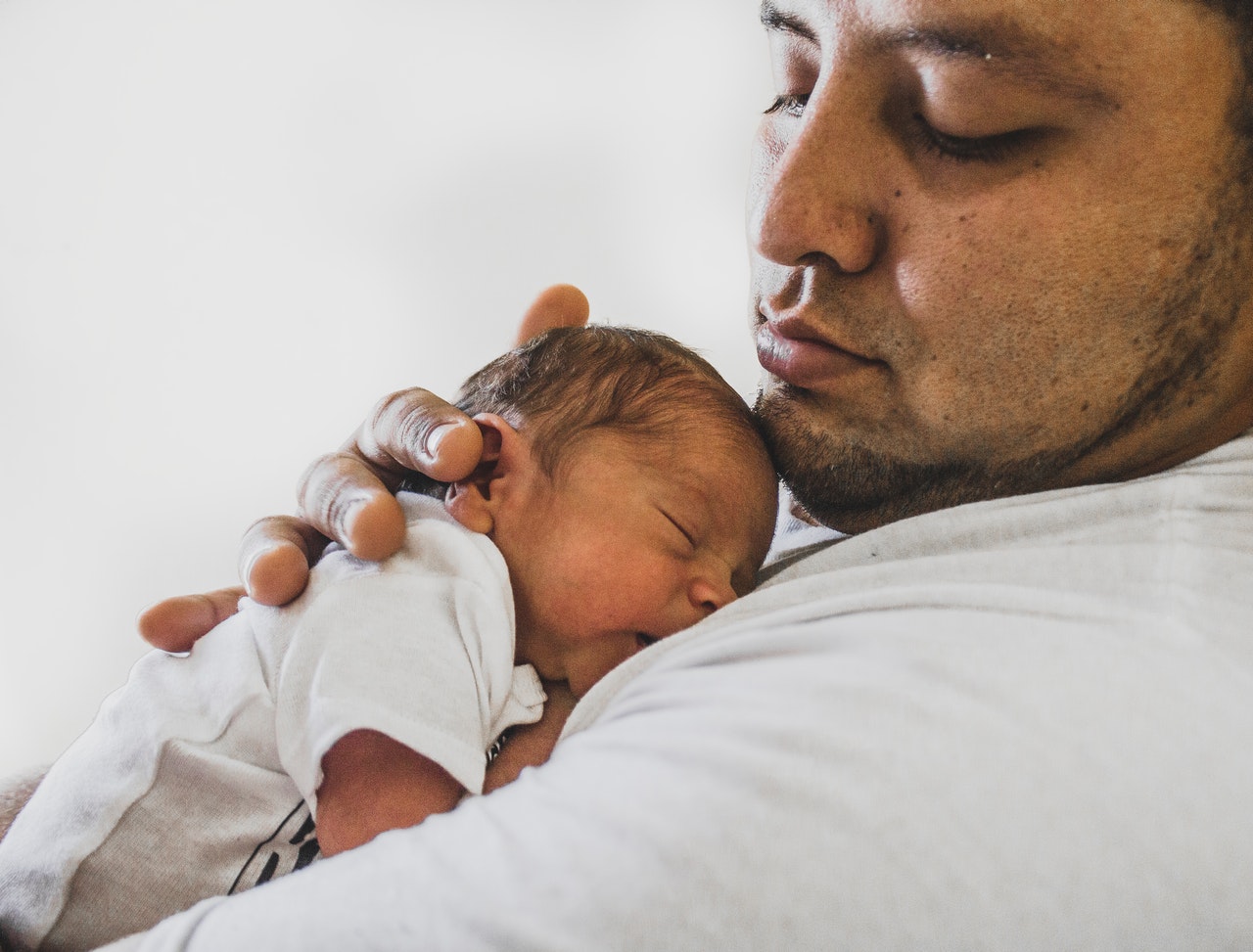
It seems like the more I and other advocates and sensible people who understand the construct of gender talk about the harmful messages behind gender reveal parties, the more people try to prove us wrong by blowing themselves up, lighting acres of land on fire, crashing airplanes, or opening fire on each other. We just want to talk about the damaging cycle of putting heteronormative expectations on children, and they see that as an attack on gender, parenting, and all things holy. Clearly, the only way to retaliate is to blow stuff up and hope the pink or blue mess isn’t covered in blood.

Asking people to open their minds to the fact that what’s between a child’s legs doesn’t equate to gender seems to literally trigger the need to put people at risk in order to preserve the status quo.

I equate people who have gender reveal parties to children who are told not to touch something hot by someone who just got burned but do it anyway because they need to see for themselves that the thing is hot. They don’t want their biases or “truth” challenged when I, other transgender people, and people who understand facts tell them that a child’s genitalia is not what predicts their color and hobby preferences or who they’ll marry one day. No amount of clarity on a sonogram picture will ever fully and with 100% accuracy predict a child’s gender identity either.
Yet here we are.

It’s weird and inappropriate to get excited about a baby’s genitals. Why do we get excited? Do a baby’s presenting sex traits matter? Does the excitement vary depending on the images on a sonogram? If not for folks believing these traits determine gender and then feed into expectations a parent holds for their child, then why are gender reveal parties held?

Some folks say it’s to celebrate the baby. We can do that with baby showers. Some will tell you it’s to celebrate the health of what they will label their son or daughter. Health is not linear or determined by the presence of society’s definition of what a vagina or penis looks like. There are plenty of healthy intersex (1 to 2 out of every 100) children born every day that have variations of genitalia, chromosomes, or reproductive organs that fall outside of what folks define as being male or female.
Others will tell you that a gender reveal party is their way of really getting to know their child so they can bond with them for the remaining portion of the pregnancy by using pronouns that they have assigned them based on their sex. This is simply the parent strengthening an attachment to assumptions, stereotypes, and narratives that may be false. The baby doesn't care that you feel better about assigning them a gender. They just need safety, nutrition, and love.
I am not suggesting we raise our kids without gender, though some parents do until the child is old enough to express their gender identity. What I would rather see is an awareness and acceptance of the fact that gender is not always fixed or binary. This will allow parents to be intentional about putting an asterisk next to the gender they do assign their child at birth. This will allow them to raise a child with words and books that are inclusive of all genders and that celebrate gender diversity while breaking down stereotypes.
This asterisk will allow parents to know that they are open to the fact that their child may be gender nonconforming or transgender. The asterisk allows parents to not be surprised, disappointed, unsupportive, or abusive if a child expresses a gender outside of their assigned gender at birth — the one likely celebrated with explosives, expensive cakes, and with a group of people who hold the same heteronormative belief systems.
Like gender, I know acceptance and understanding of these facts is fluid. The rates of suicide, self-harm, housing insecurity, mental health, and substance abuse varies too but on a more direct scale. The Trevor Project recently released its 2021 National Survey on LGBTQ Youth Mental Health, and the numbers are not surprising to me, a transgender person who is also an educator and LGBTQIA+ advocate. Transgender and nonbinary youth who had safe homes with affirming adults in their lives had lower rates of suicide attempts. And only 1 in 3 LGBTQ youth said their home was affirming and accepting of their gender identity, pronouns, gender expression, or sexuality.

Not all gender reveal parties are thrown by people who will reject their children if they come out as transgender or nonbinary, but the perpetuation of the idea that all children are cisgender and straight by default continues to make it hard for transgender and gender-nonconforming people to feel safe and accepted.

Gender reveal parties are pompous announcements of your child’s genitals and are based on damaging myths and selfish assumptions. They’re not a good look, so save yourself some time, money, and lives by skipping them.







